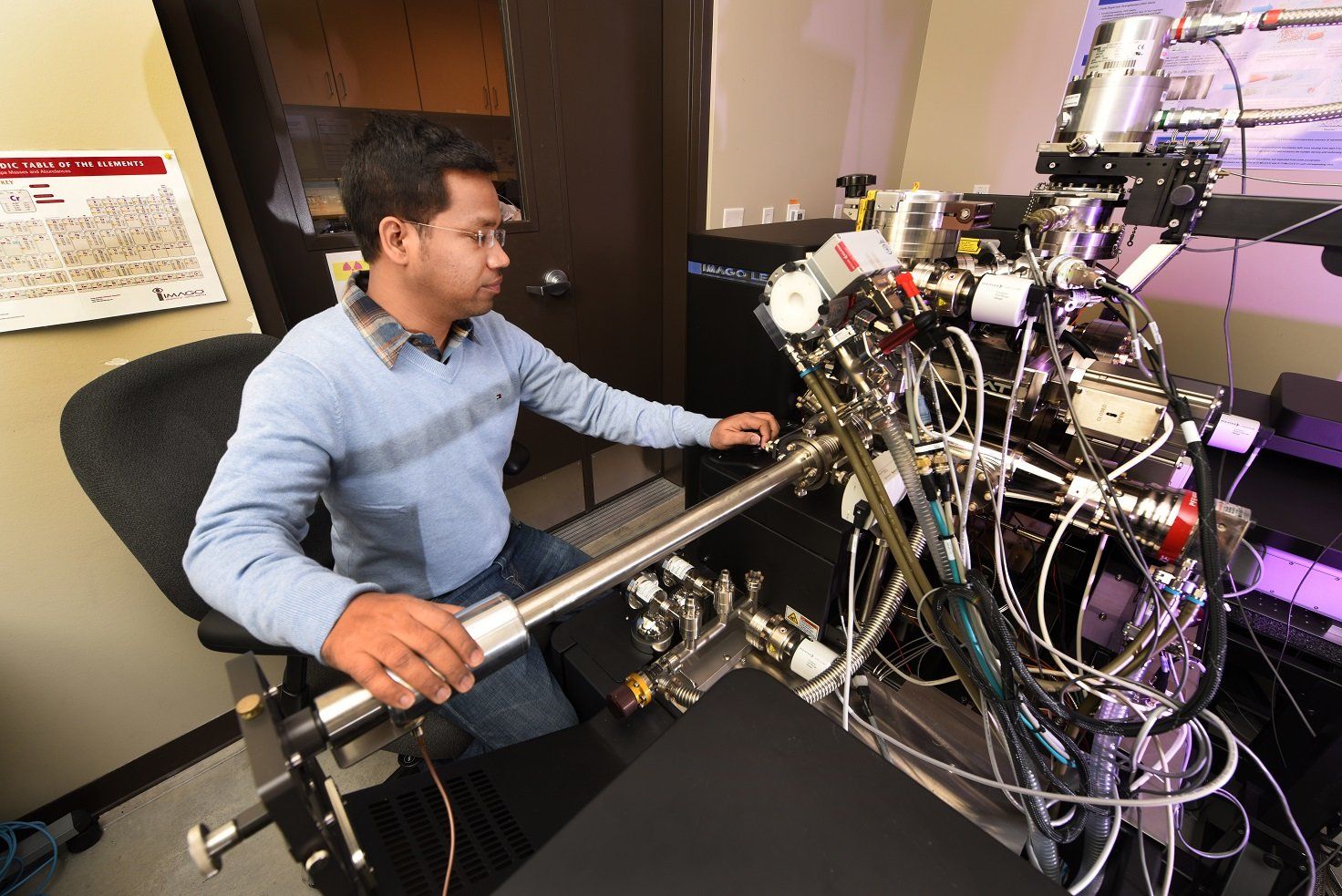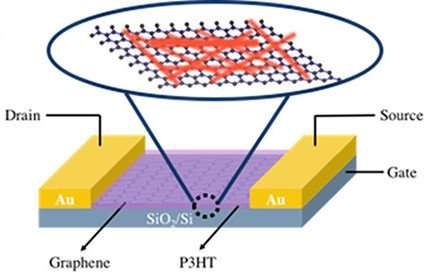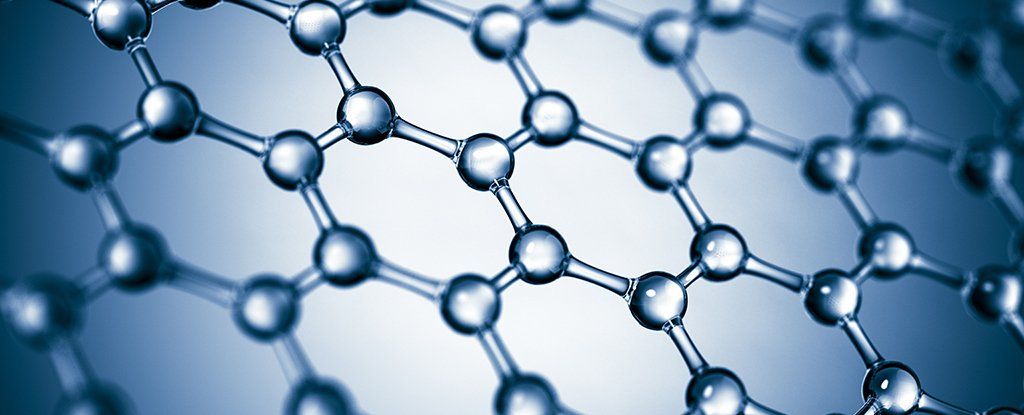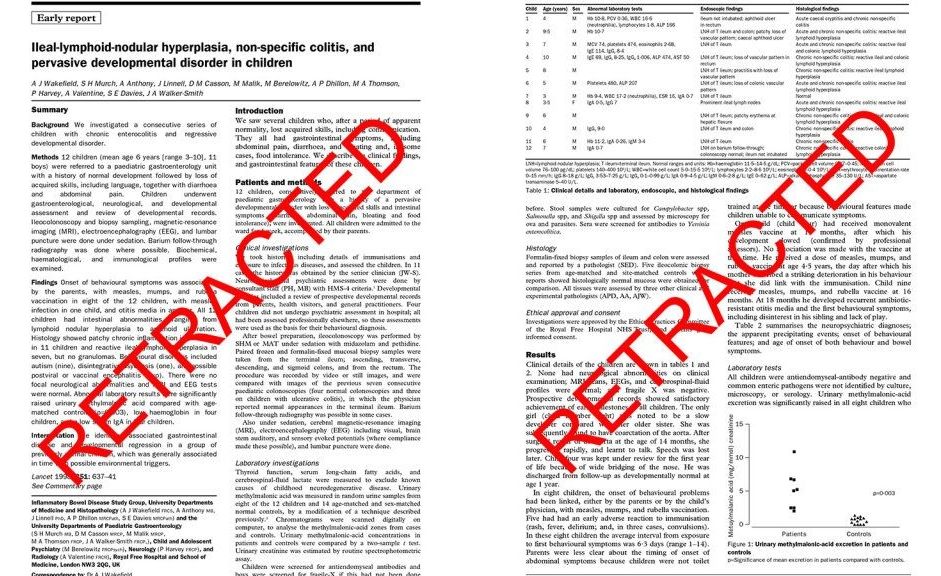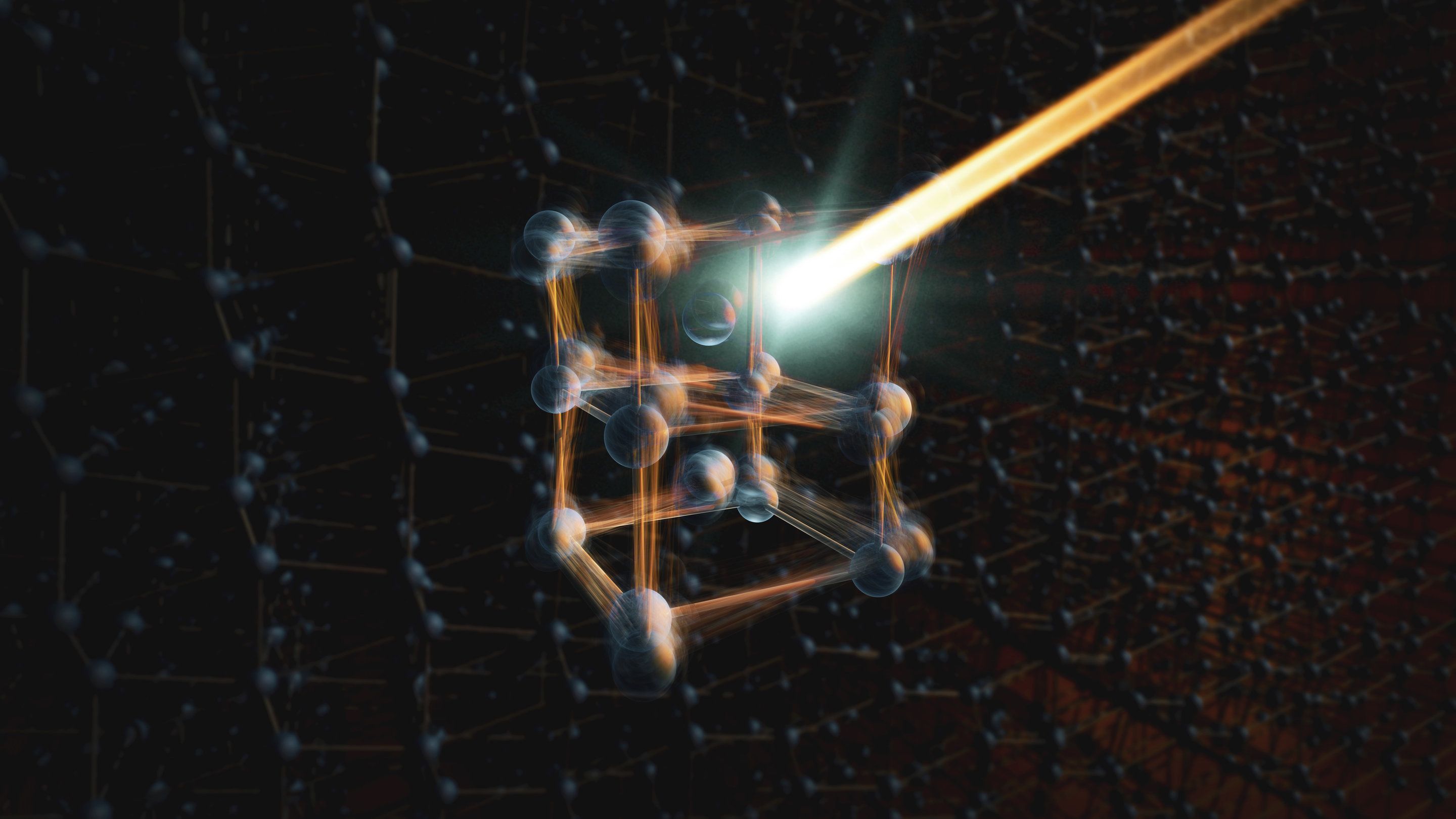Nov 19, 2018
Star Trek–like Tech Seals Wounds With a Laser
Posted by Nancie Hunter in categories: biotech/medical, materials
On Star Trek: The Next Generation, Commander Riker had an impressive ability to receive head wounds. Luckily for him, Dr. Crusher could whip out the “dermal regenerator,” a handheld sci-fi tool that healed skin wounds with a colorful laser.
In early tests, this laser-activated silk and gold material held wounds together better than stitches or glue.


